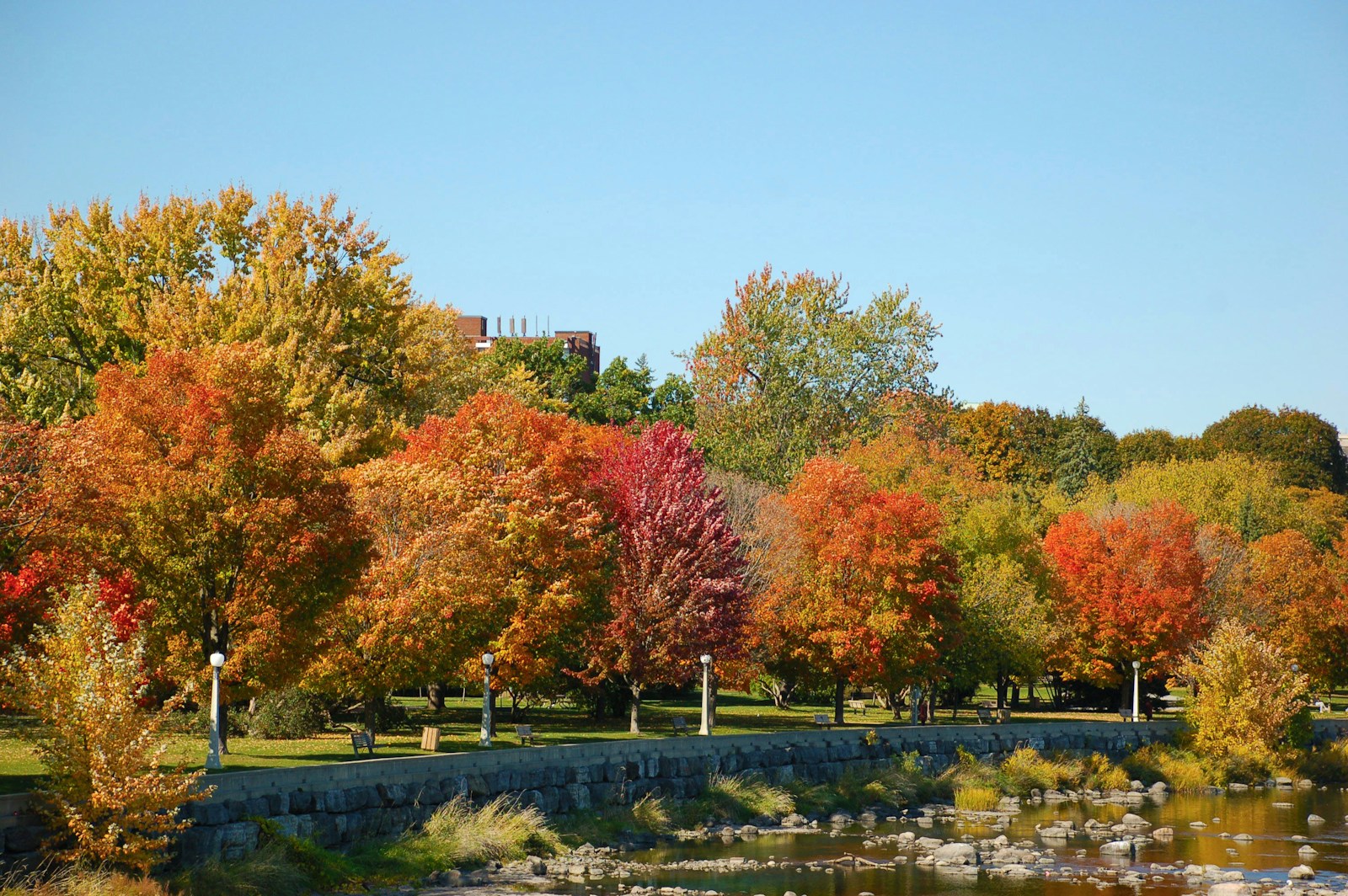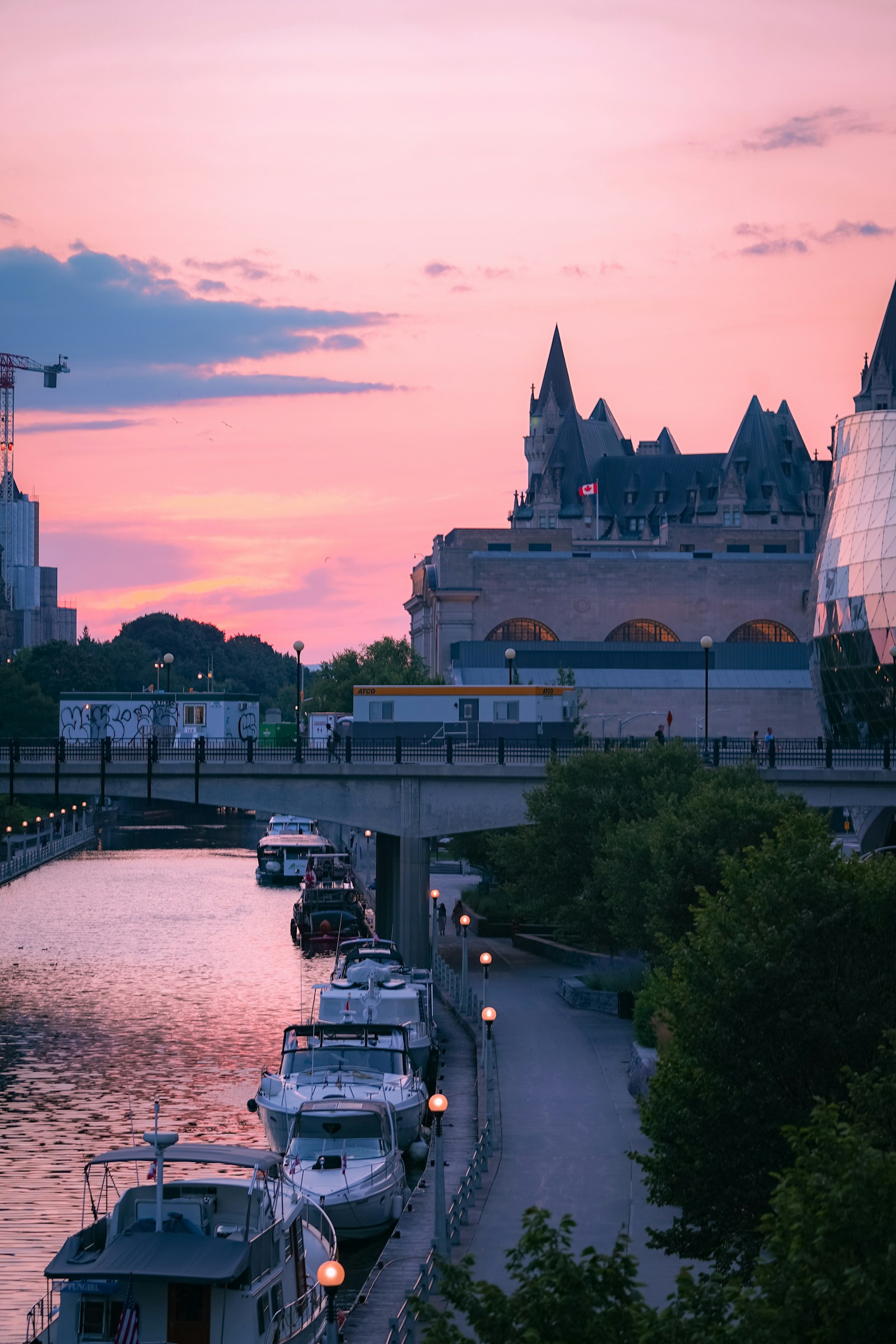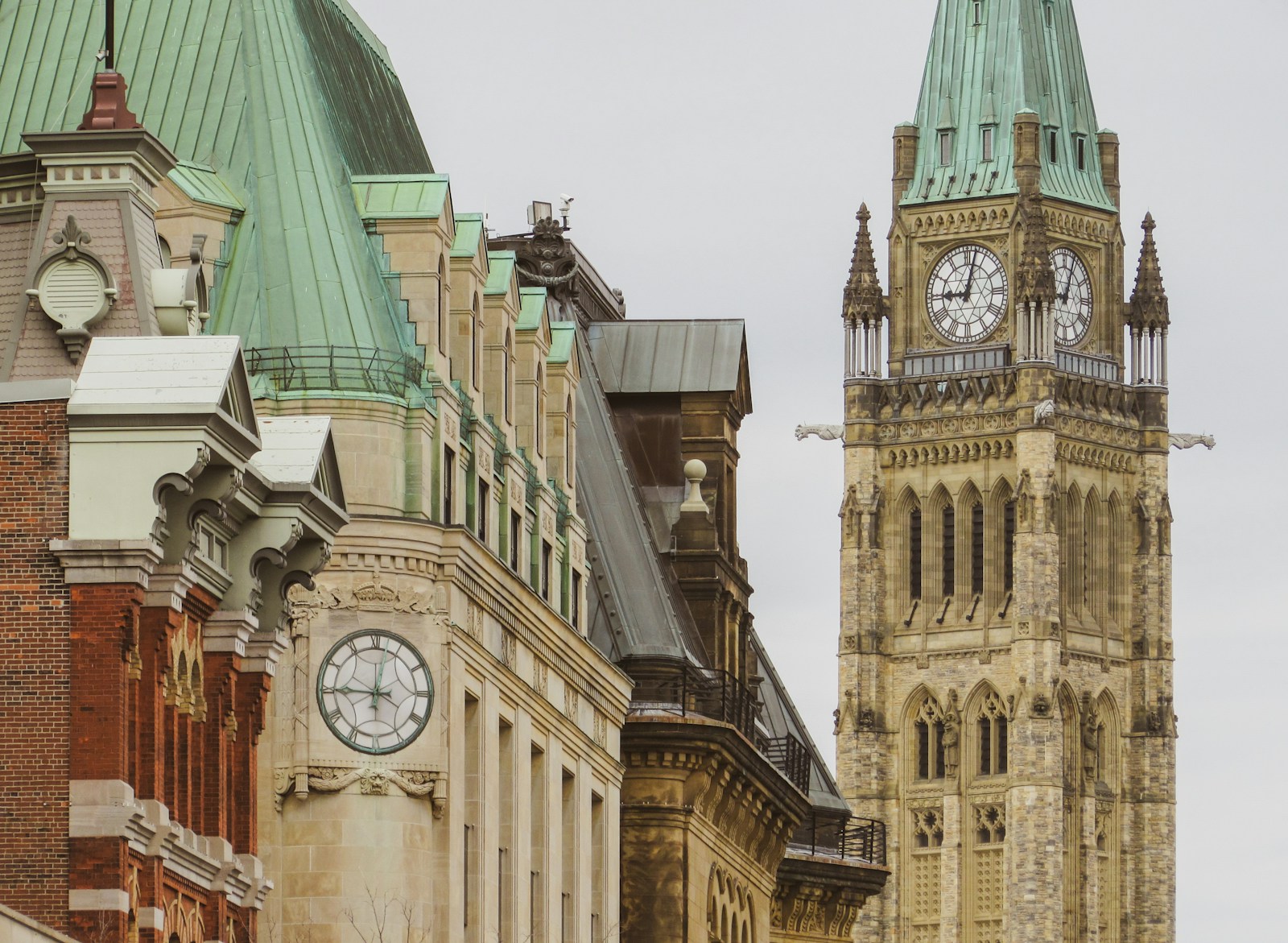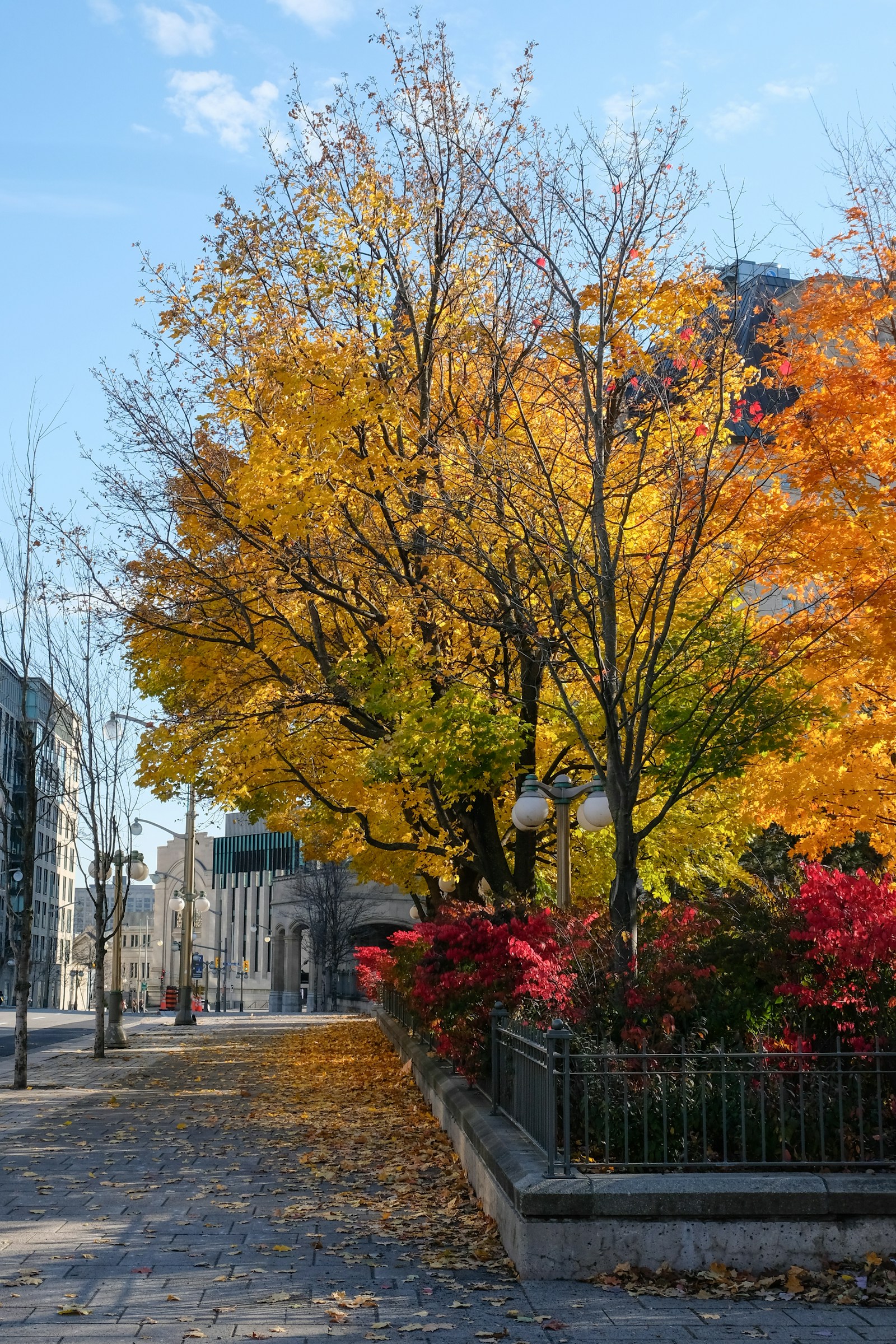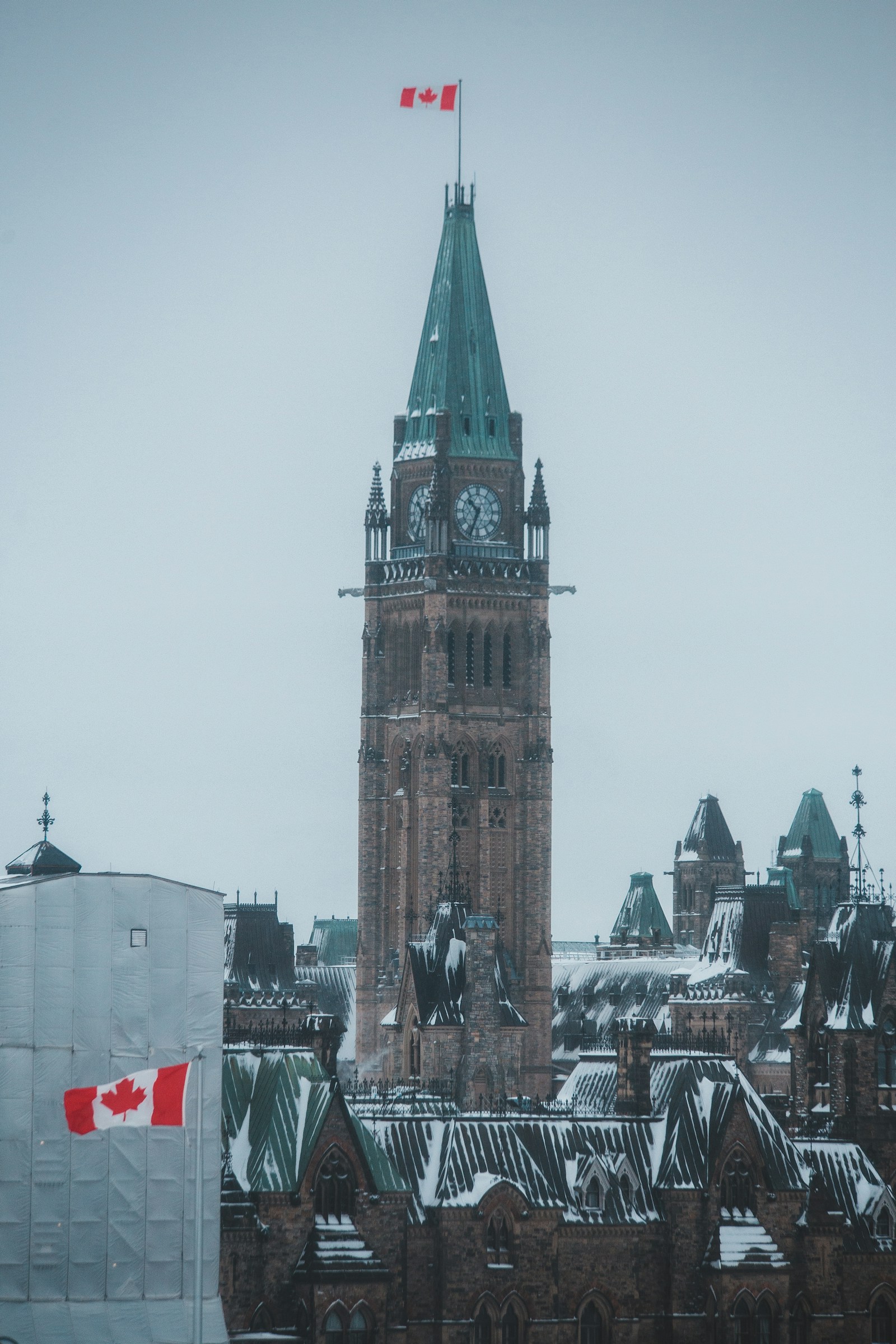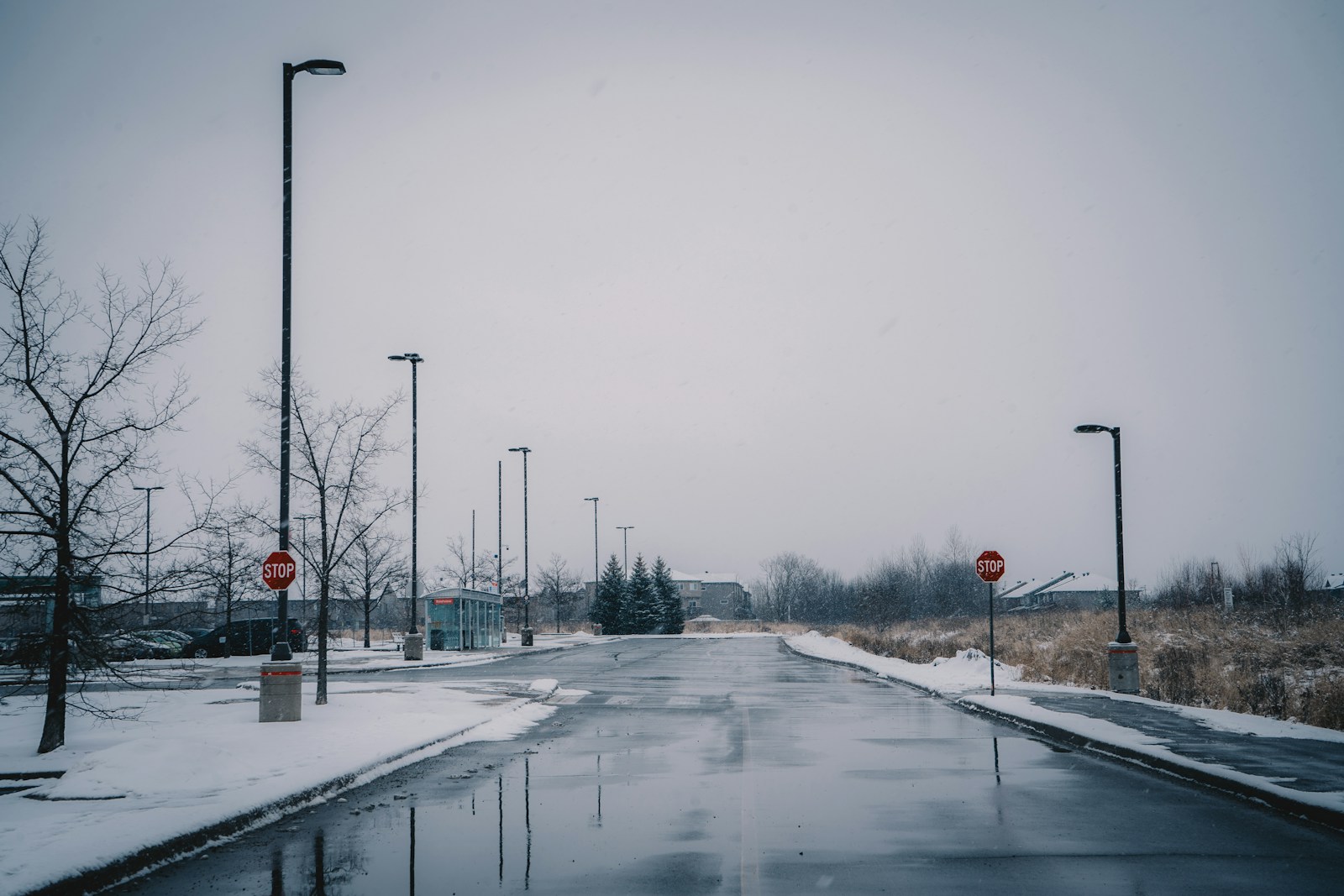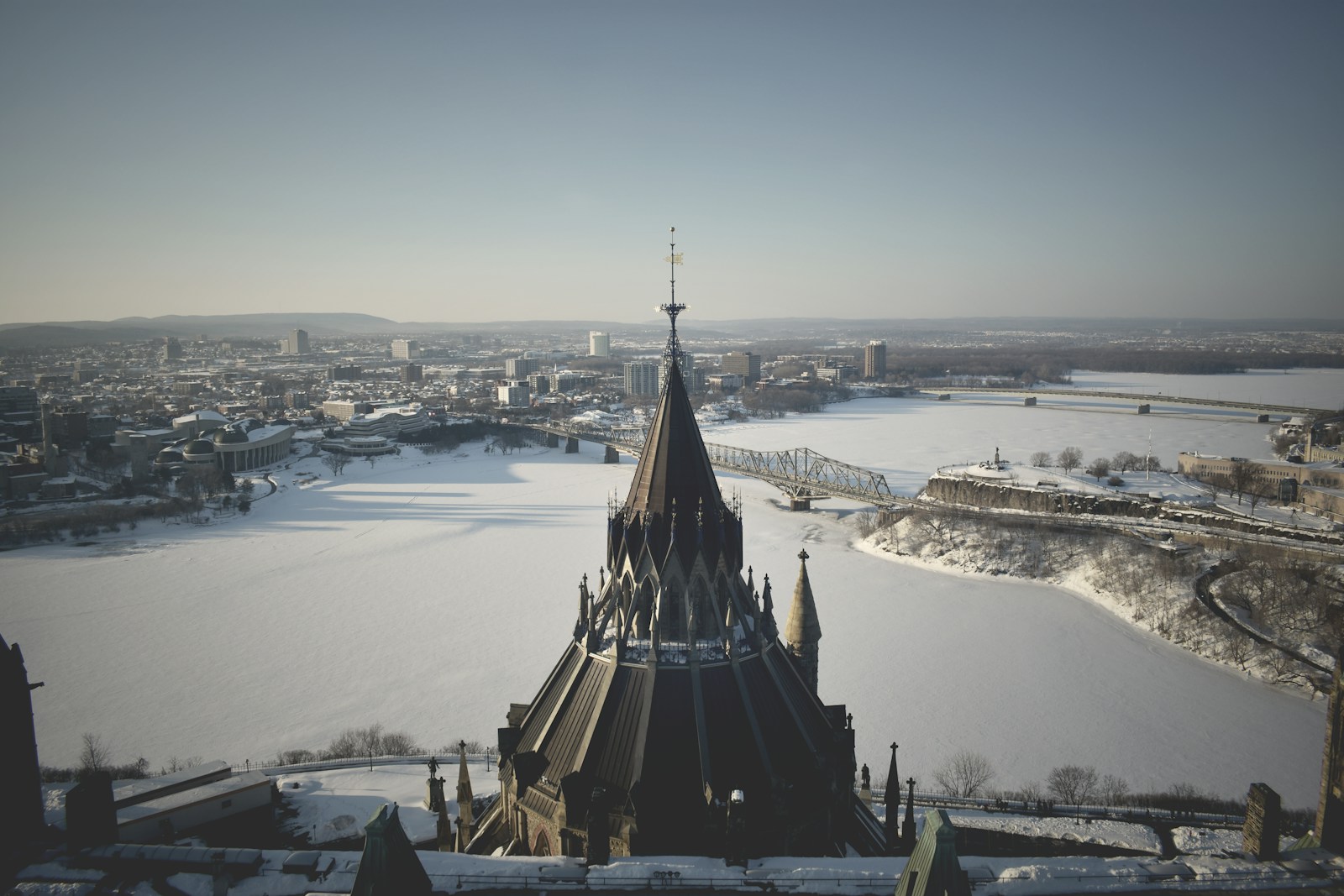Introduction – Why Preparation Matters in Ottawa’s Market
Buying a home is one of the biggest financial decisions you’ll ever make, and Ottawa’s real estate market has its own unique rules, rhythms, and realities. While the city is known for stability and long-term value, buyers who jump in unprepared can still face surprises.
This guide covers the most important things to know before buying a home in Ottawa, whether you’re a first-time buyer, newcomer to Canada, or relocating from another province.
1. Ottawa’s Real Estate Market Is Stable—but Competitive
What Makes Ottawa Different from Other Cities
Ottawa’s housing market is driven by:
Federal government employment
Healthcare and tech sectors
Long-term residents rather than speculation
This creates steady demand and fewer extreme price swings compared to Toronto or Vancouver.
What Buyers Should Expect
Well-priced homes sell quickly
Multiple offers still happen in desirable areas
Overpricing is less common, but competition is real
Patience and preparation matter more than timing the market.
2. Understand Ottawa Neighbourhoods Before You Buy
Urban vs Suburban Living
Ottawa offers very different experiences depending on location:
Urban: Centretown, Hintonburg, Sandy Hill
Suburban: Barrhaven, Orleans, Nepean, Kanata
Each comes with trade-offs in space, commute, and lifestyle.
Commute Times & Lifestyle Fit
Winter traffic, transit access, and work location should all factor into your decision. A short commute in summer can feel very different in January.
3. Know Your True Budget (Not Just the Purchase Price)
Down Payment & Mortgage Costs
Beyond your down payment, buyers must budget for:
Mortgage payments
Interest rates and stress tests
Property taxes
Closing Costs Buyers Often Forget
Typical closing costs include:
Land transfer tax
Legal fees
Home inspection
Title insurance
Adjustments and prepaid taxes
These can add 1.5–4% to the purchase price.
4. Mortgage Pre-Approval Is Essential
Why Pre-Approval Matters
A mortgage pre-approval:
Confirms your real budget
Strengthens your offer
Speeds up the buying process
In competitive situations, unapproved buyers are often overlooked.
Fixed vs Variable Rates
Ottawa buyers often choose based on:
Risk tolerance
Monthly budget comfort
Long-term plans
There’s no one-size-fits-all answer—understanding your options is key.
5. Property Taxes Vary by Area
Property taxes in Ottawa depend on:
Neighbourhood
Home value
Property type
Suburban homes may have higher taxes than condos, even if purchase prices are similar. Always check estimated taxes before buying.
6. Home Inspections Are Especially Important in Ottawa
Older Homes & Hidden Issues
Many Ottawa homes were built decades ago and may have:
Aging plumbing or wiring
Older foundations
Insulation issues
A thorough inspection can save thousands.
Condos vs Freehold Homes
Condos require additional review:
Status certificate
Reserve fund health
Condo rules and fees
Skipping due diligence can be costly.
7. Winter Matters More Than You Think
Ottawa winters are long and cold. Before buying, consider:
Snow removal responsibilities
Heating efficiency
Parking access in winter
Walkability during snow months
Homes that feel perfect in summer may feel different in February.
8. Condos, Townhomes, or Detached?
Pros & Cons of Each Home Type
Condos: Lower maintenance, fees apply
Townhomes: Balance of space and cost
Detached: Privacy and space, higher upkeep
Choosing the right type is just as important as choosing the right location.
9. New Construction vs Resale Homes
New builds offer:
Modern layouts
Energy efficiency
Warranty coverage
Resale homes offer:
Established neighbourhoods
Mature trees and amenities
Often larger lots
Each comes with different risks and benefits.
10. Transit, LRT & Future Development Plans
Ottawa’s LRT expansion continues to shape:
Property values
Commute times
Neighbourhood desirability
Buying near future transit can offer long-term value—but always research timelines and plans.
11. Buying as a First-Time Buyer or Newcomer
First-time buyers and newcomers should:
Understand incentive programs
Build Canadian credit
Rent first if unsure
Ottawa is one of the most newcomer-friendly housing markets in Canada—but preparation is key.
12. Common Mistakes Buyers Make in Ottawa
Buying too quickly
Ignoring winter realities
Overstretching budgets
Choosing location over lifestyle
Skipping inspections
Avoiding these mistakes leads to better long-term satisfaction.
FAQs
Q1: Is Ottawa a good city to buy a home?
Yes—stable, family-friendly, and good long-term value.
Q2: How much do I need to buy a home in Ottawa?
At least 5% down, plus closing costs.
Q3: Should I buy or rent first?
Many buyers rent first to learn neighbourhoods.
Q4: Are bidding wars common in Ottawa?
They happen, especially on well-priced homes.
Q5: Do I need a car if I buy in Ottawa?
Depends on the neighbourhood.
Q6: Is buying a condo safer than a house?
Each has risks—due diligence matters most.
Conclusion
Buying a home in Ottawa can be a smart and rewarding decision—but only if you go in informed. Understanding neighbourhoods, budgeting properly, planning for winter, and doing thorough due diligence will help you avoid costly mistakes and choose a home that truly fits your life. In Ottawa’s steady market, smart preparation always beats rushing.

